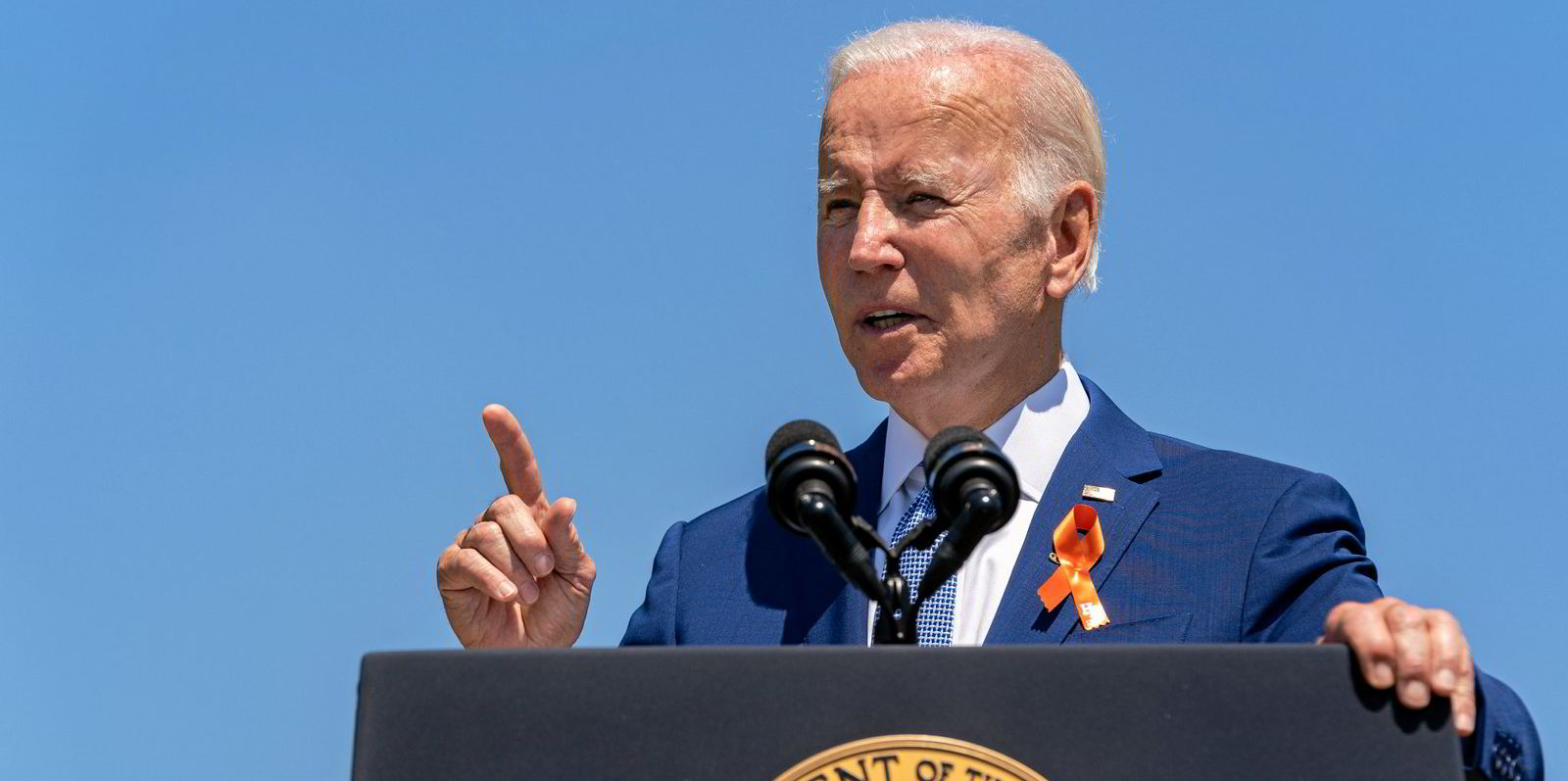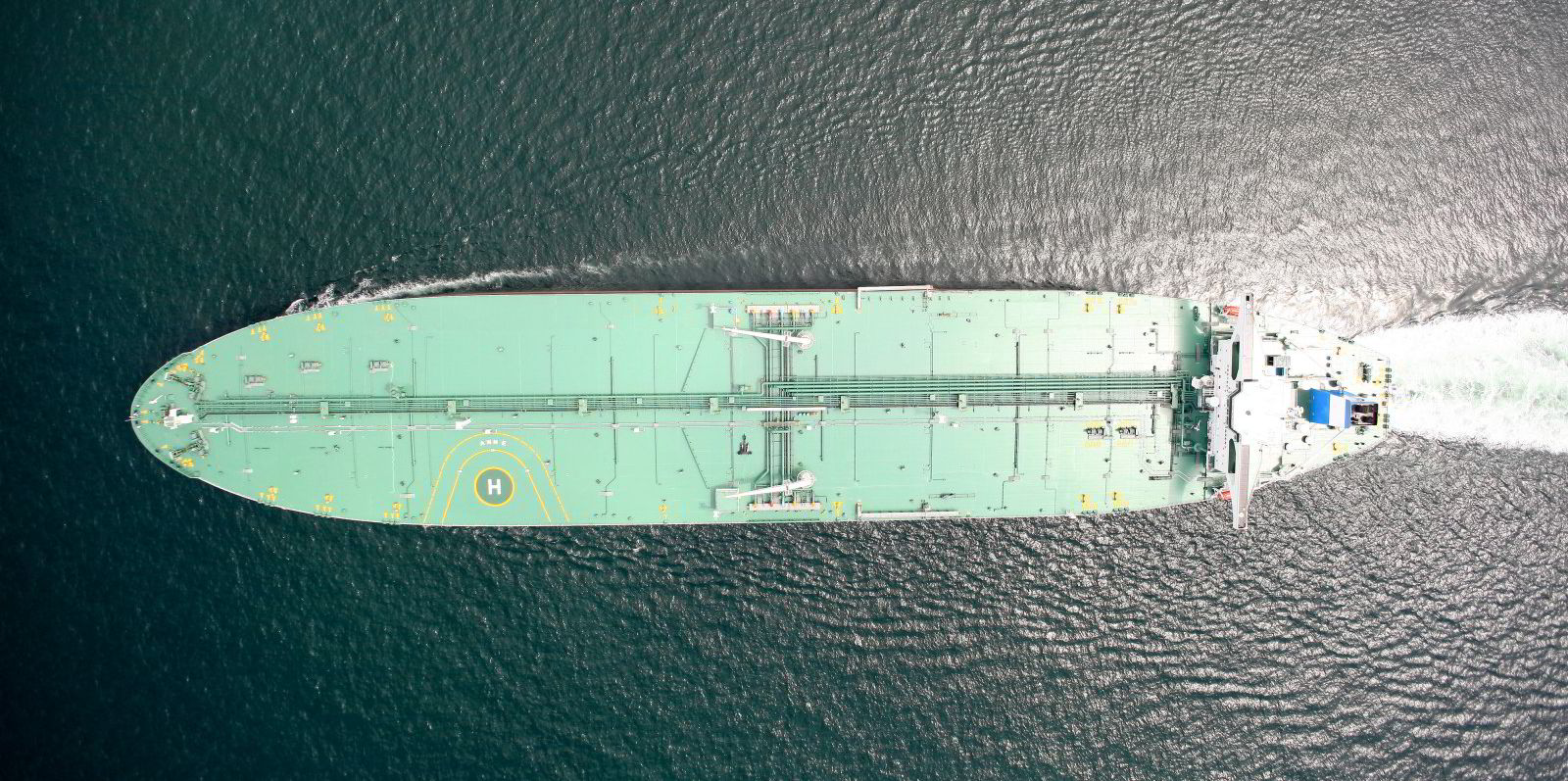India is unlikely to import further Venezuelan crude once US sanctions against the South American state snap back into place, according to Poten & Partners.
India emerged as one of the largest buyers of crude from Venezuela when Washington announced it would ease sanctions against companies that trade in Venezuelan oil or invest in the country for an initial period of six months.
“Customers in India will probably stop importing Venezuelan oil again, not wanting to run afoul of US sanctions,” said Poten.
Venezuela’s crude oil exports averaged about 580,000 barrels per day in the 12 months prior to the sanction relief. In the six months since exports eased to 540,000 bpd.
Between November 2023 through March 2024, Venezuelan exports to its traditional ally China declined as prices increased, with India picking up most of these barrels.
December was the busiest month for crude shipments with an estimated 200,000 bpd heading from Venezuela to India, according to data from Vortexa.
However, these levels later eased to around an average of 100,000 bpd in the subsequent three months of January to March 2024.
The US administration has set a deadline of 31 May 2024 for most foreign companies to wind down business with state-owned oil firm PDVSA.
US deadline nears for PDVSA withdrawal
Two more Venezuelan cargoes were expected to arrive in India before the 31 May deadline, according to pricing agency Argus.
They are the VLCC Caspar (built 2022), which arrived off India last week according to AIS data, and the suezmax tanker Nissos Tinos (built 2021), which is due at India’s Sikka port on 30 April.
In addition to a shift in the destinations of Venezuela’s exports, there was also a change in the vessel segments that were utilised, however, the changes were not so dramatic, according to Poten.
“The US trade continued to employ mostly aframaxes, while the customers in Europe are using a combination of aframax and suezmax vessels,” the broker said.
VLCCs have been the vessel of choice for long-haul trips to Asia, both to China and India.
“Changes in destinations from China to India, therefore, had a limited impact on VLCC employment, although the sailing distance to India is shorter than to China, so there is a difference in tonne-mile demand,” said Poten.
But with sanctions returning, Poten said the trade will see a change in vessel employment.
“During the six months of sanctions relief, Venezuelan oil could be moved by mainstream owners, pushing the dark fleet out of the trades. However, since sanctions are back, clandestine tankers will again be the vessels of choice,” the broker said.
“Some of the dark vessels that were employed in the Venezuelan trades transferred to Russian business, but going forward more dark fleet VLCCs will be needed to move Venezuelan oil to China.
“Unfortunately, this will reduce long-haul employment opportunities for the mainstream tanker fleet. However, the volumes from Venezuela are rather limited so the impact on the market will be muted.”





